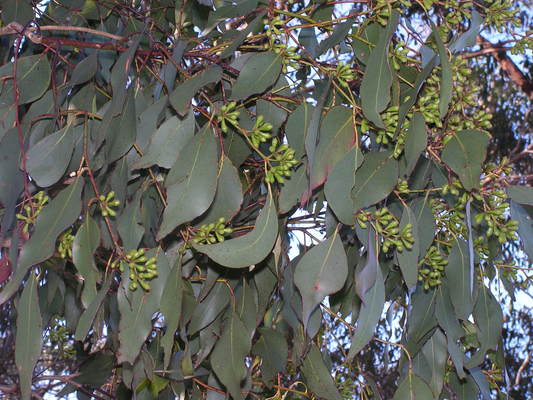
The newly described Dalveen blue box (Eucalyptus dalveenica) has been placed on the International Union for the Conservation of Nature’s (IUCN) Red List of Threatened Species as a critically endangered species. It joins iconic Australian species such as the Wollemi pine and the mountain pygmy possum on this international listing.
Secretary of the Stanthorpe Rare Wildflower Consortium, Liz Bourne, said that this unique eucalypt was confined to Dalveen and was only described as a separate species last year.
She said that a researcher from the University of New England, Tim Collins, had started studying this tree in 2015 for his Honour’s thesis and as a result of his work it was determined that the Dalveen blue box deserved to be considered as a separate species.
“Our group has surveyed the known locations of this tree around the Dalveen area and have only located 241 of them, making them very vulnerable,” she said. “They are all on private land and do not occur in any conservation reserve.”
“Last year, we submitted information to the state Environment Department’s Species Technical Committee to have it declared an endangered species and they have determined it should instead be described as critically endangered.”
“The IUCN’s decision to also list the Dalveen blue box as crtically endangered is a reflection of it’s perilous situation, ” Ms Bourne said. “To the best of our knowledge, this is the first Granite Belt species to make it on to their Red List.”
She said that the Wildflower Consortium was hoping to be able to propagate more of the trees so that they could be distributed to landholders around Dalveen to expand their population numbers.






